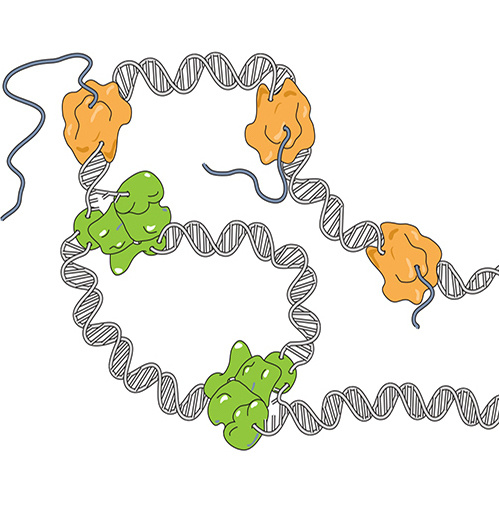Geneva Plant Seminars
Roberto Solano
The National Centre for Biotechnolgy
The Finding of the “missing Hormone” illuminates jasmonates evolution
1S059,
Sciences III
Host: Roman Ulm






